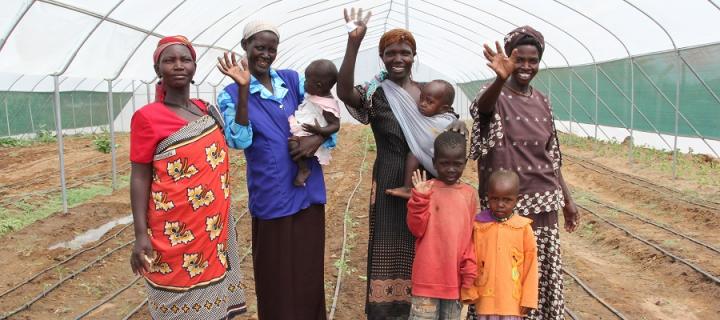Mothers-to-be hold key to beating T. b. gambiense sleeping sickness
Apr 16: Researchers indicate that pregnant women should be at the centre of new efforts to control one of Africa’s deadliest diseases if targets for elimination by 2030 are to be met.

This chronic for form of sleeping sickness also know as Human African Trypanosomiasis (gHAT) – threatens around 70 million people and can spread to a child if its mother experiences stress or famine during her pregnancy. The chronic disease may take many years before becoming fatal. The WHO estimate it affects around 20,000 people every year.
It has long been assumed that this chronic form of the disease – is spread solely through tsetse flies. But the gHAT parasite is rarely detected in tsetse flies and an alternative human to human mode of transmission has been proposed to cause the large epidemics that are occur with generational frequency that are characteristic of the disease.
In humans, the gHAT can lie dormant for many years without causing symptoms. These ‘silent carriers’ have a natural tolerance to the disease, which women would ordinarily pass on to their baby if they become pregnant. Researchers in DIPM suggest that in times of famine, changes occur in a pregnant women’s genetic profile that mean their tolerance is not passed on to her children – but the dormant infection is. Scientists warn that the threat of famine could trigger an epidemic in Southern Sudan. They are urging that efforts to boost the nutrition and welfare of pregnant women should be urgently improved.
Our priority should now be to concentrate on screening women of child-bearing age in high risk locations to ensure they receive adequate nutrition during periods of drought and famine.
The findings will help researchers develop new strategies to prevent and control the spread of the condition. New diagnostic methods are needed that can detect very early low level infections together with drug regimens to eliminate the infection as early as possible, before serious disease symptoms present.
This paper was published Trends in Parasitology.
This study was supported by the UK Department for International Development, the European Union's Seventh Framework Programme, the Dynamic Drivers of Disease in Africa Consortium, NERC, and by a European Science Foundation Senior Investigators award.

